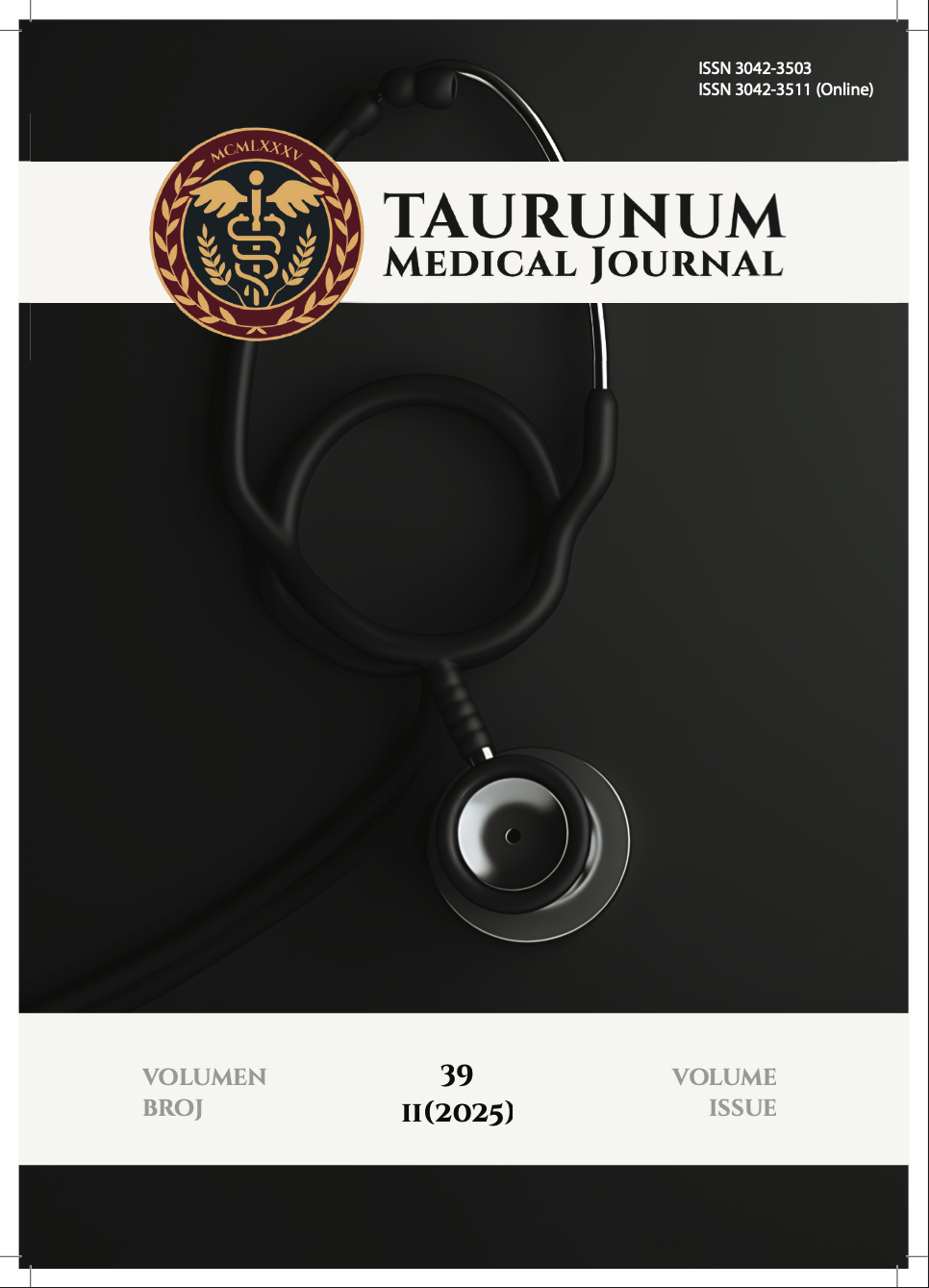
More articles from Volume 34, Issue 1, 2018
An immunohistochemical analysis of angiogenic profile in T1 bladder cancer with concomitant carcinoma “in situ”
Crosstalk between NCAM/FGFR and TGF-beta signalings: an in vitro study and evaluation of human kidney biopsies
Primary sinovial sarcoma of the lung - a case report
Hyperostosis frontalis interna: case report
Proliferation marker Ki-67 in early breast cancer
Article views
Clinical and morphological characteristics of the cardiac tumors
Institute for Cardiovascular Diseases of Vojvodina, Faculty of Medicine, University of Novi Sad , Novi Sad , Serbia
Institute for Cardiovascular Diseases of Vojvodina, Faculty of Medicine, University of Novi Sad , Novi Sad , Serbia
Institute for Cardiovascular Diseases of Vojvodina, Faculty of Medicine, University of Novi Sad , Novi Sad , Serbia
Institute for Cardiovascular Diseases of Vojvodina, Faculty of Medicine, University of Novi Sad , Novi Sad , Serbia
Institute of Lung Diseases of Vojvodina, Faculty of Medicine, University of Novi Sad , Novi Sad , Serbia
Institute of Lung Diseases of Vojvodina, Faculty of Medicine, University of Novi Sad , Novi Sad , Serbia
Faculty of Medicine, University of Novi Sad , Novi Sad , Serbia
Published: 01.04.2018.
Volume 34, Issue 1 (2018)
pp. 69-70;
Abstract
Aim: To analyze age and sex distribution of the cardiac tumors, the most common clinical symptoms, POSTER SESIJA 70 MATERIA MEDICA • Vol. 34 • Issue 1, suplement 1 • april 2018. pathohistological types, tumor localization and compare the echocardiographic with the pathohistological size of the tumor. Introduction: The incidence of primary cardiac tumors are very rare and amounts to about 0.02%. Incidence of secondary cardiac tumors are significantly higher. Primary malignant cardiac tumors are very rare and represent to the rarest tumors in the human organism. Materials and Methods: The study covered 49 patients who were operated in the period from 2008 to 2017. Patients data are obtained from the history of the disease, the information system and pathohistological findings. Results: The average age of the patients is 53.9 years. The most common symptoms were light fatigue, heart palpitations, vertigo, dizziness, dyspnea, exhaustion, cough and stenocardia. The most commonly diagnosed are myxomas (67.3%), papillary fibroelastomas 28.6%, cavernous hemangiomas 4.1%, and metastatic tumors 2.04%. The most common tumor localization is in the left atrium 63.3%, aortic cusps 16.3%, right atrium 8.2%, mitral valve 8.2%, left ventricle 2.04% and interventricular septum 2.04%. The difference in mean echocardiographic tumor size and tumor size after surgical extirpation was not statistically significant (p = 0.706). Conclusion: Although, cardiac tumors are rare, they have a large clinical importance, primarily because of the potential for severe complications such as embolization of the arteries of the brain with the development of cerebral infarction and even the appearance of sudden death. However, timely diagnosis and surgical removal of tumors lead to patient curing in most cases.
Keywords
Citation
Copyright
This is an open access article distributed under the Creative Commons Attribution License which permits unrestricted use, distribution, and reproduction in any medium, provided the original work is properly cited.
Article metrics
The statements, opinions and data contained in the journal are solely those of the individual authors and contributors and not of the publisher and the editor(s). We stay neutral with regard to jurisdictional claims in published maps and institutional affiliations.




